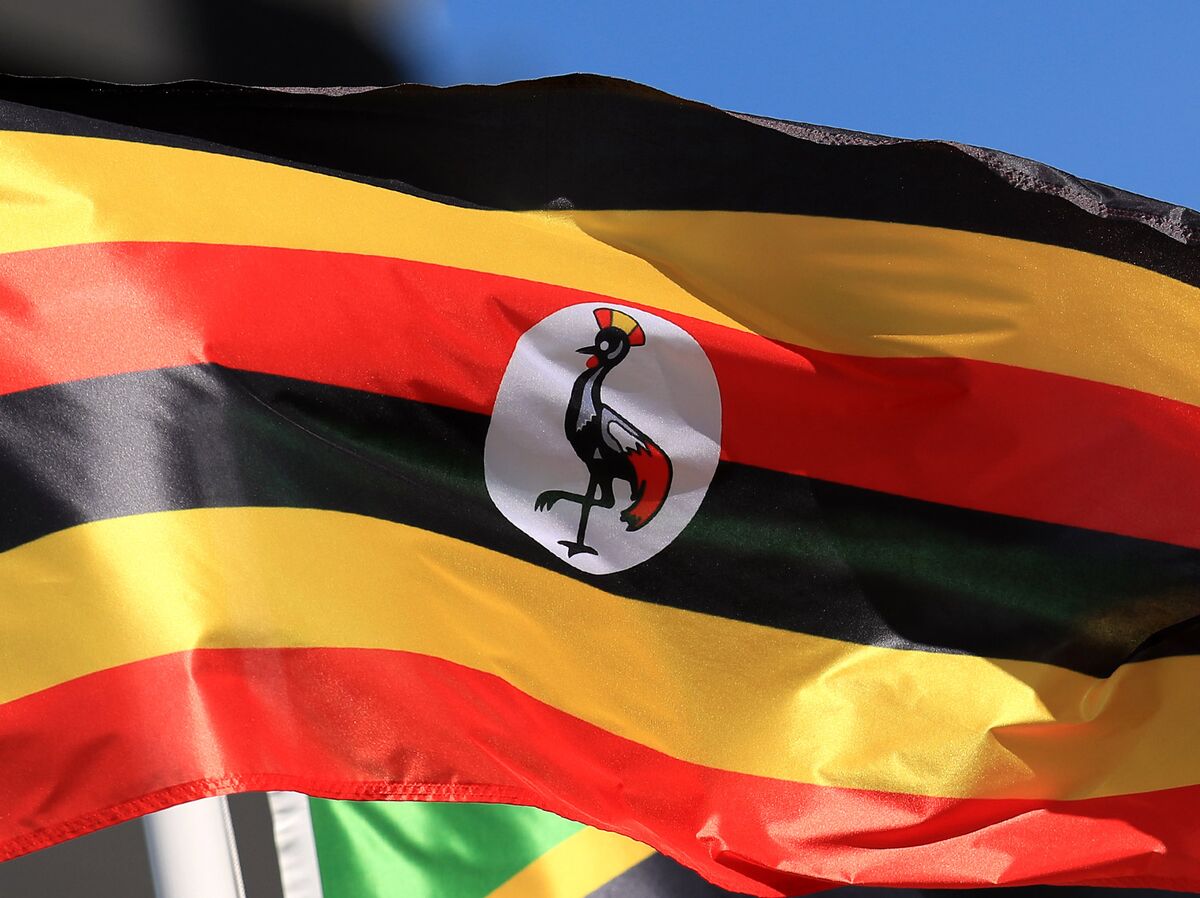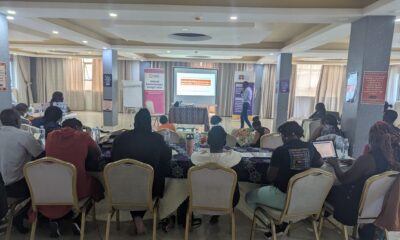News Feature
Uganda’s Low-Income Reality Exposed at IMF Amidst Growth and Debt Concerns
The recently concluded Spring Meetings of the International Monetary Fund (IMF) and the World Bank in Washington D.C. have provided a crucial snapshot of Uganda’s economic health, revealing a mixed bag of progress and persistent challenges. The high-profile event, attended by Uganda’s top financial brass, including central bank governor Dr. Atingi-Ego and Secretary to the Treasury Ramathan Ggoobi, served as a platform for the unveiling of key economic indicators often not readily available through domestic channels.
One of the most significant disclosures was the World Bank’s classification of Uganda as a low-income country, with an estimated average yearly per capita gross income of $1,145 (approximately Shs 4.2 million) for the period spanning 2020-2023. This stark reality underscores the significant distance Uganda still needs to traverse to achieve its ambition of attaining middle-income status. This average income translates to a meagre Shs 352,000 (around $95) per month before taxes for the average Ugandan. This figure places nearly one-third of the sub-Saharan African population, including a substantial portion of Ugandans, below the international poverty line of $2.15 (Shs 7,900) per day.
Despite this sobering classification, the data from the Spring Meetings also highlighted some positive momentum. Uganda’s real GDP growth is projected to reach 6.3 per cent in 2024, a notable increase from the 4.9 per cent recorded in the previous year. This signifies a strengthening of economic activity, adjusted for inflationary pressures, indicating a genuine expansion in the production of goods and services.
However, this growth occurs against a backdrop of increasing debt vulnerabilities. Uganda’s debt-to-GDP ratio has edged up to 51.8 per cent in 2024 from 50.2 per cent in 2023. This implies that the nation’s debt burden is growing relative to the size of its economy, raising concerns about long-term fiscal sustainability. The IMF report also pointed out a concerning trend of low-income countries like Uganda increasingly relying on domestic debt, which can crowd out lending to the private sector, making borrowing more expensive for businesses and potentially hindering future growth.
Further cause for concern arises from the decline in Uganda’s international reserves, which have fallen to 2.6 months of import cover in 2024, down from 2.8 months in 2023 and 3.1 months in 2022. This shrinking buffer of foreign currency reserves poses risks to macroeconomic stability, potentially exacerbating issues such as inflation, currency devaluations, and financing deficits, particularly in a country with shallow financial markets. As the IMF report emphasises, a healthy reserve position is crucial for an economy to weather unexpected shocks and maintain overall confidence.
The IMF documents also revealed persistent deficits in Uganda’s external current account and overall fiscal balance. The current account deficit, while improving slightly to 7.3 per cent in 2024 from 8.6 per cent in 2022, still indicates that Uganda is consistently spending more on imports than it earns from exports, leading to a build-up of liabilities to other nations. This situation often reflects underlying economic challenges, such as low national savings and investment levels.
Meanwhile, the overall fiscal deficit has widened to 5.8 per cent in 2024 from 4.9 per cent in 2023, signifying that the government continues to spend more than it collects in revenue. This trend of deficit spending, reportedly stretching back to the 2011 financial year, raises questions about fiscal discipline and the potential accumulation of further debt.
On a more positive note, consumer price averages (inflation) have significantly decreased to 3.3 per cent in 2024 from 5.4 per cent in 2023, with projections for 2025 indicating a moderate rise to 4.2 per cent. This suggests that inflationary pressures are currently under control, which is beneficial for household purchasing power and overall economic stability.
Looking at the broader sub-Saharan African context, Abebe Selassie, the IMF’s African Department director, anticipates a slight easing of growth to 3.8 per cent in 2025 and 4.2 per cent in 2026, primarily due to challenging external conditions such as weaker global demand, softer commodity prices, and tighter financial markets. He also highlighted the likelihood of a further decline in Official Development Assistance to the region, which will disproportionately affect the most vulnerable populations. Despite these headwinds, Selassie remains optimistic about the long-term potential of sub-Saharan Africa as a key source of labour, investment, and consumption demand in the coming decades.
For Uganda, the insights from the IMF/World Bank Spring Meetings offer a critical assessment of its economic trajectory. While the projected GDP growth provides a glimmer of hope, the persistent issues of low-income status, rising debt levels, declining international reserves, and fiscal imbalances require urgent and strategic policy interventions to ensure sustainable and inclusive economic development and to steer the nation towards its long-term aspirations. The detailed data revealed at this global forum serves as a vital compass for Ugandan policymakers as they navigate the complex economic landscape ahead.
Comments



























